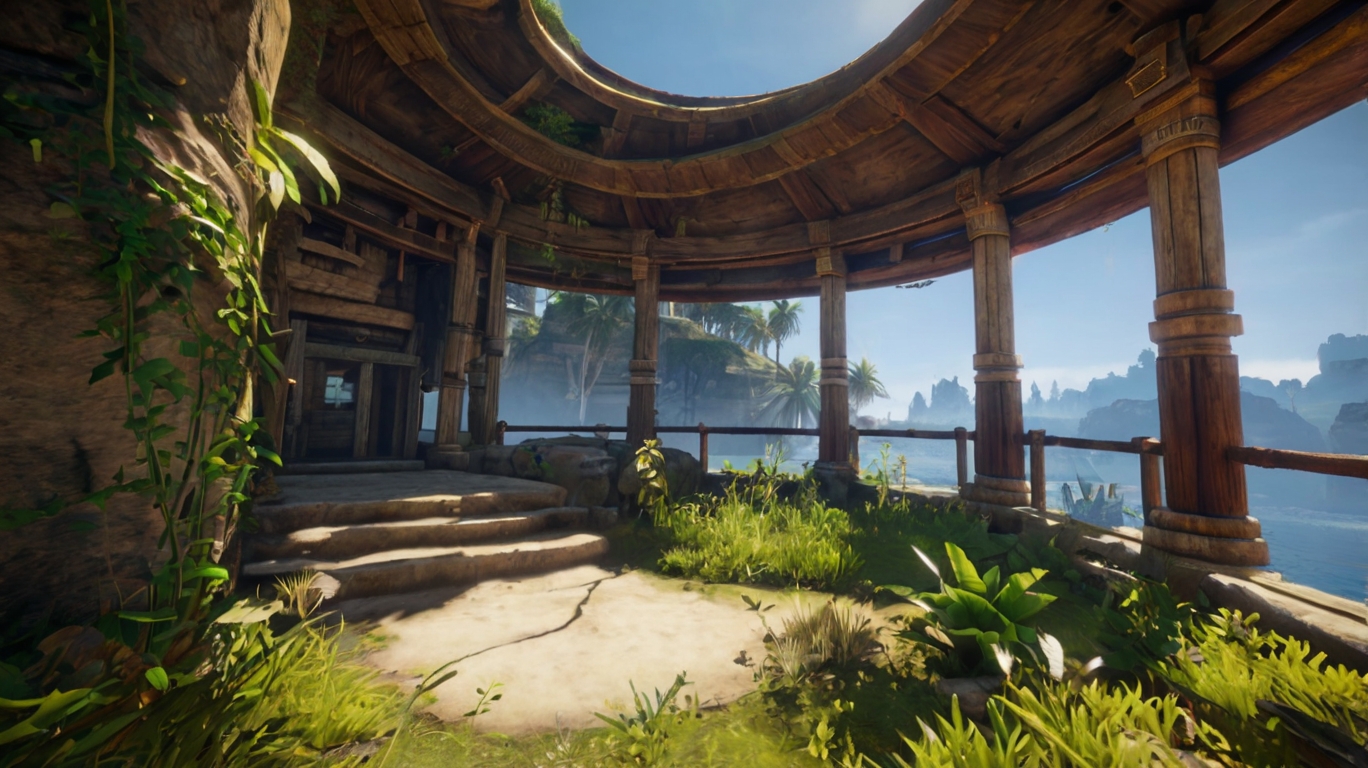
Within the huge field of game production, one of the most important components in creating an engaging and immersive experience is environmental design. At Melior Games, we recognize that the environment is a living, breathing thing that enhances storytelling, impacts gameplay, and captures players’ imaginations—it’s more than just a backdrop for player actions. Here’s a detailed look at the ideas and methods that guide our creation of immersive gaming worlds.
The Core Elements of Environmental Design
1. Narrative Integration
A place with good design is an effective means of communicating a story. Every place ought to add to the story of the game by strengthening the plot and offering context. This incorporates:
- Historical Context: Incorporating tidbits of information about the past and folklore of the planet.
- Influence of persons: Depicting the existence and effects of significant persons and groups in the surroundings.
- Demonstrating the fallout from noteworthy incidents, such as wars, natural catastrophes, or paranormal activities
2. Visual Cohesion and Style
An environment’s visual design needs to be unified and complement the game’s overall graphic direction. This comprises:
- Color Palette: Selecting hues that complement the environment and arouse the intended feelings.
- Keeping structures and buildings in line with global cultural and historical contexts is known as architectural consistency.
- Texture and Detail: Including layers of details that give the scene a lifelike, lived-in sense.
3. Interactive Elements
Players are engaged in interactive environments, which give the world a dynamic feel. This can be accomplished by:
- Destructible Objects: Giving players the ability to move, break, or otherwise work with objects.
- Environmental Puzzles: Including tasks that call for interacting with the environment.
- Including dynamic weather and day/night cycles gives the gaming world more realism and unpredictability.
4. Level Design and Flow
The environment’s design and organization must promote fluid and interesting gaming.
- Pathways & Navigation: Developing immersive, unambiguous pathways that lead players without feeling constrictive are among the things to take into account.
- Rewards for Exploration: including lore pieces, secret locations, and hidden objects to promote exploration.
- Combat and Encounter Spaces: Creating environments that facilitate both strategic play and a range of combat scenarios.
Steps in Creating an Immersive Environment
1. Conceptualization
Start with sketching and brainstorming sessions. Describe the main ideas, atmosphere, and intention of the setting. Work together with writers and designers of gameplay to make sure the setting complements the story and the objectives of the game.
2. Reference Gathering
Start with brainstorming and drawing sessions. Define the environment’s main themes, tone, and intent.
3. Concept Art and Prototyping
To make sure the setting complements the story and the objectives of the game, work together with writers and designers of the gameplay.
4. Modeling and Texturing
Convert idea artwork into three-dimensional models. To make the scene come to life, add textures, materials, and lighting. Examine specifics such as aging, environmental factors, and interactive items.
5. Integration and Testing
Integrate the environment into the game engine. Conduct thorough testing to ensure performance optimization and player navigation. Adjust based on feedback from playtests and internal reviews.
6. Polishing and Final Touches
Complete the look by adding particle effects, dynamic lighting, and ambient audio. To improve the player experience overall, make sure the setting has a unified, immersive sense.
Conclusion
The complicated art of game environmental design creates immersive worlds by fusing creative visuals, interactive aspects, and a deep storyline. We at Melior Games take great pleasure in creating surroundings that enhance the player’s experience while playing our games in addition to looking amazing. We make sure that every setting we develop is a lively and essential component of the gaming experience by putting a strong emphasis on level design, visual coherence, narrative integration, and interaction.




